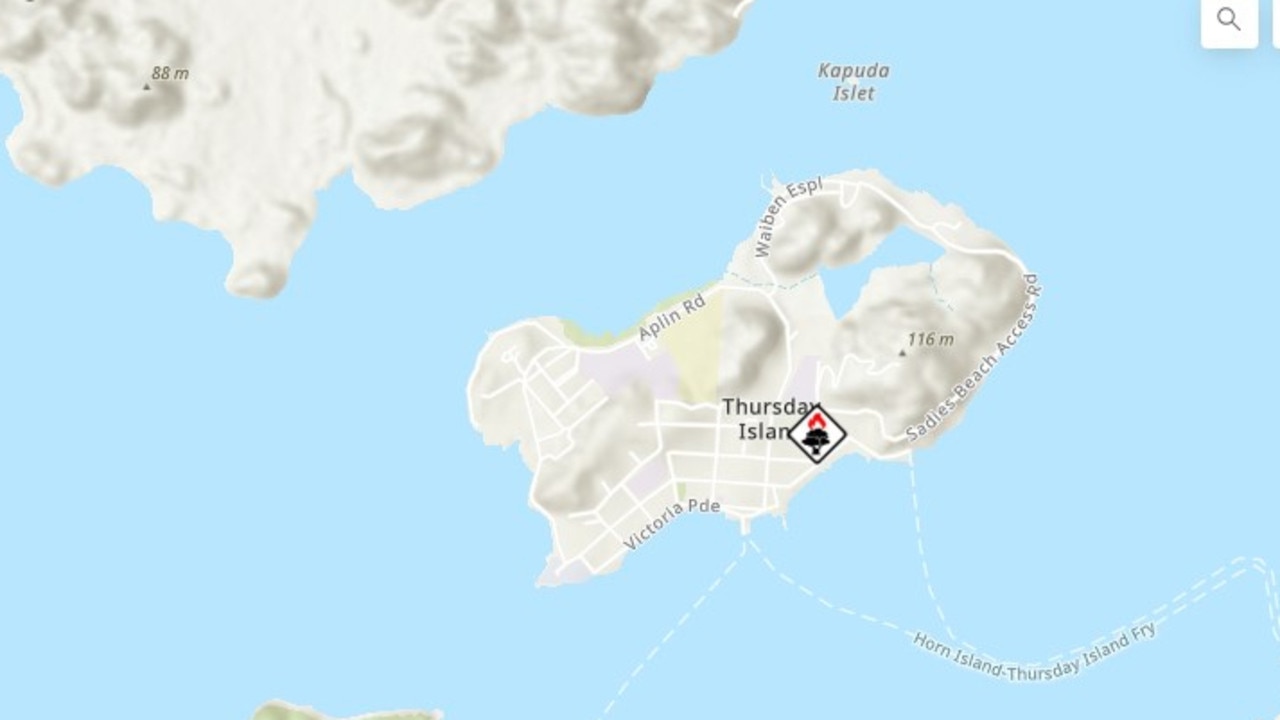
Exclusive Embers: LA Fires Ignite Debate on Private Firefighters for the Elite
Fiery Disparities: The Divide in Fire Protection
As Los Angeles grapples with a devastating wildfire season, a sobering reality has come to light: the existence of private fire departments catering exclusively to the city's wealthiest enclaves. These elite fire brigades, often composed of off-duty firefighters, offer a level of protection vastly superior to that provided by public fire services, exacerbating the disparities in fire safety across the city's socioeconomic divide.
Private Firefighters, Enhanced Protection: Private fire departments, such as Exclusive Embers, provide residents with an unparalleled level of fire protection. With smaller response times, specialized equipment, and a personalized approach, they ensure that the homes of their elite clientele are shielded from the worst impacts of wildfires. This exclusive service, however, comes at a hefty price: annual membership fees can reach tens of thousands of dollars.
Public Fire Services, Limited Resources: In stark contrast, public fire departments are stretched thin, facing budget constraints and resource shortages. Understaffed and underfunded, they often struggle to respond swiftly and effectively to emergencies in underserved areas. The disparity between private and public fire services has led to accusations of a "fire-tax" system, where the wealthy can purchase safety while others are left vulnerable.
Unfair Advantages and Ethical Concerns
The existence of private fire departments raises ethical concerns. Critics argue that it creates an unfair advantage for the wealthy, who can afford to prioritize their safety above the well-being of their less fortunate neighbors. Additionally, the use of off-duty firefighters in private brigades siphons resources away from public fire departments, further exacerbating resource disparities.
Community Resilience vs. Individualism: Proponents of private fire brigades argue that they enhance community resilience by protecting critical infrastructure and densely populated areas. However, critics counter that this focus on individual protection undermines collective efforts to build a more resilient city for all. The divide in fire protection, they argue, weakens the city's overall preparedness and undermines the sense of community.
Policy Implications and Balancing Act
The debate over private fire departments has prompted policymakers to grapple with complex questions. Regulating private fire brigades, ensuring equitable access to fire protection, and balancing the rights of individuals with the needs of the community are just some of the challenges that must be addressed.
Regulatory Oversight: Calls are growing for stricter oversight of private fire departments. Establishing clear standards for training, equipment, and response times is essential to ensure the safety and effectiveness of these brigades. Additionally, regulations should prevent conflicts of interest and ensure that private fire departments do not drain resources from public services.
Public Investment: To address the disparities in fire protection, policymakers must invest in public fire departments, providing them with the resources they need to respond effectively to all emergencies. This includes increasing staffing, modernizing equipment, and expanding training programs. By bolstering public services, the city can mitigate the need for private fire brigades and ensure that all residents have access to adequate fire protection.
Community Engagement: Addressing the complexities of private fire departments requires engaging with the community. Dialogue between residents, policymakers, and private fire brigades is essential to foster understanding and find solutions that balance individual safety with collective well-being.
Conclusion: A City Divided by Fire
The debate over private fire departments underscores the profound socioeconomic disparities that divide Los Angeles. As wildfires continue to ravage the city, the gap between the safety enjoyed by the elite and the vulnerabilities faced by the underserved becomes increasingly apparent. Policymakers and the community must work together to address this divide, ensuring that all residents have access to adequate fire protection while maintaining the integrity of public services.
The path forward lies in balancing the rights of individuals with the needs of the community. Through regulation, public investment, and community engagement, Los Angeles can create a more equitable and resilient city, where every resident is protected from the ravages of fire, regardless of their socioeconomic status.

Post a Comment